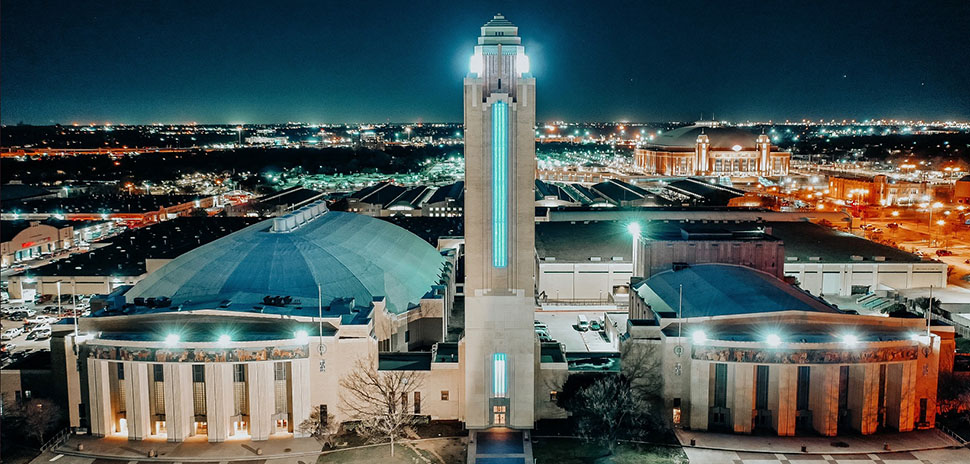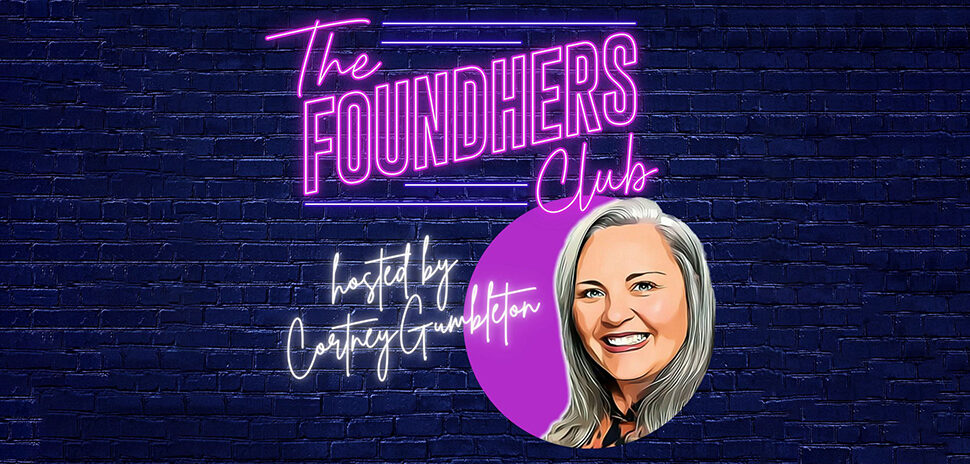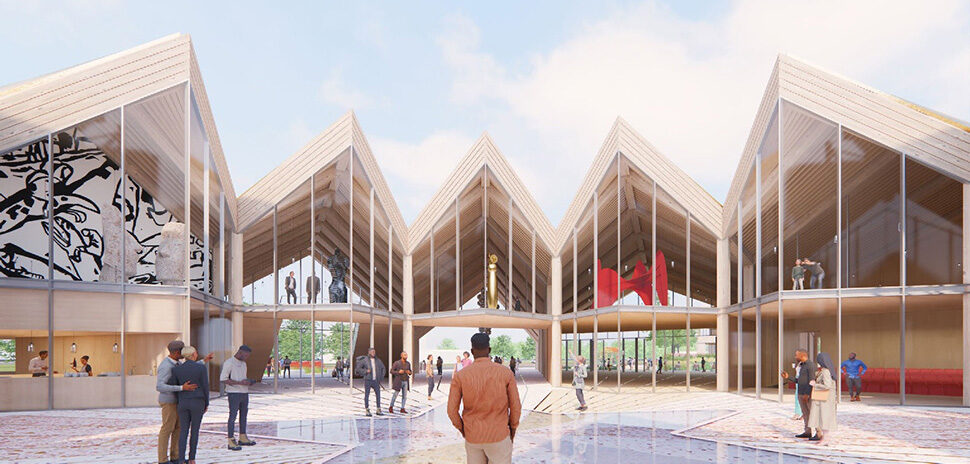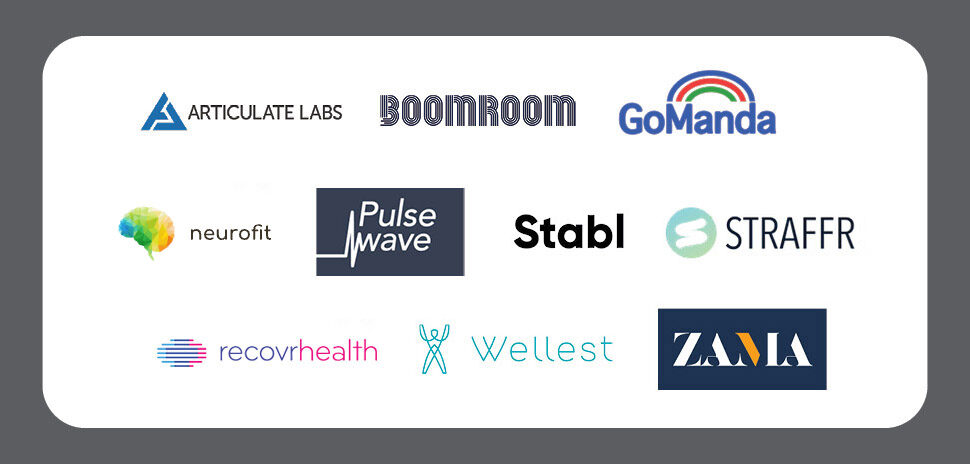The 208-foot-tall Pioneer Tower, created as part of Fort Worth’s 1936 Frontier Centennial celebrating Texas’ 100th anniversary, was built to serve as a glowing beacon overlooking the Will Rogers Memorial Center.
It went dark in the late 1970s because of mounting structural damage. The lights were turned off, and shattered glass-block columns were shuttered for decades with metal panels.
In 2019, Pioneer Tower glowed once again following completion of a $4.7 million city of Fort Worth refurbishment project. Now that project has won Historic Fort Worth’s 2022 Preservation Project Award.
“Pioneer Tower is an irreplaceable, historic treasure,” Mike Crum, director of the city of Fort Worth Public Events Department, said in a statement. “It’s an iconic landmark recognizable by generations of Fort Worthians and millions of visitors.”
“The tower has been an inspiration in many ways, including the design of Dickies Arena,” Crum added. “We applaud the vision and initiatives that have saved Pioneer Tower, and we’ll continue to invest $52.8 million in planned capital improvements across the Will Rogers Memorial Center campus in the next few years.”
A 21st-century touch: programmable LED lighting
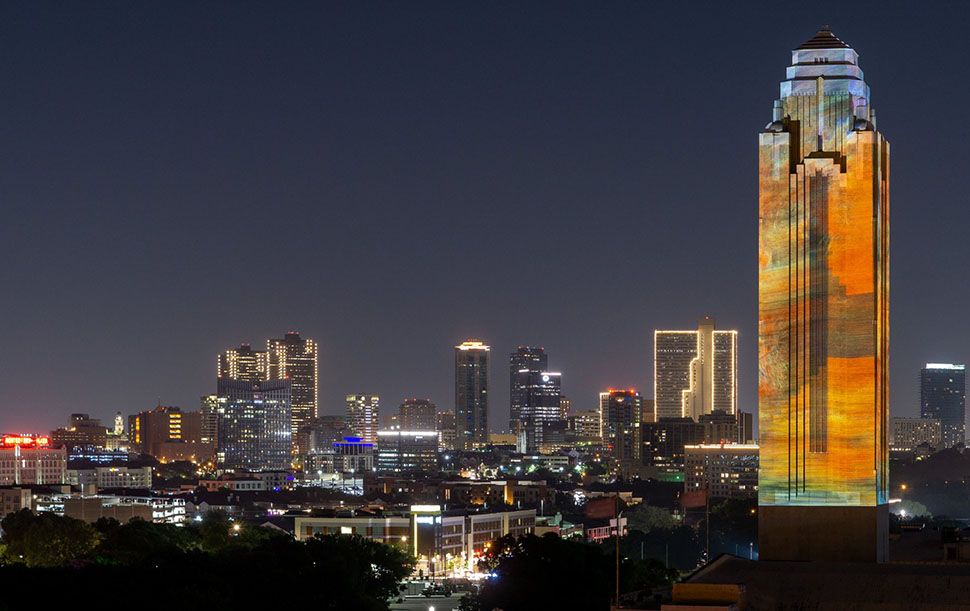
Pioneer Tower lit up for “Pioneer Tower Dreams” public art event. [Photo: City of Fort Worth and AURORA]
One new 21st-century feature taps Pioneer Tower’s potential as a showstopper. A programmable LED lighting system produces colorful light shows to mark holidays and special events.
The historic building also updated its internal lighting system as part of the makeover.
In August, the building teased its capabilities when it lit up for the 20th year of Fort Worth Public Art, a program of the city’s Arts Council.
L.A.-based Refik Anadol and Rome- and London-based artist Quayola used cutting-edge AI and data visualization technology to create their works, which lit up all four sides of the tower with large-scale media installations created from photos submitted by Fort Worth residents.
The project was commissioned by the city of Fort Worth and presented in partnership with North Texas public arts organization AURORA.
AURORA co-founders Joshua King and Shane Pennington worked with the Fort Worth Arts Council to ensure the tower’s infrastructure could handle the data and energy needed for the massive interactive public art display.
Designed during the Great Depression
The tower was designed during the Great Depression by Fort Worth architects Wyatt C. Hedrick and Herman Koeppe. The sleek art-deco structure dazzled at night on all sides with bright columns of light shining through glass-block glazing and huge “lanterns” atop each corner.
“Thanks to leadership from the city of Fort Worth that began with a successful National Register of Historic Places nomination in 2016, Pioneer Tower is once again restored and shining brightly,” Jerre Tracy, executive director of Historic Fort Worth Inc., said in a statement. “As the beacon for the Will Rogers complex, Pioneer Tower is a symbol of civic pride, and this project has rekindled that pride for current and future generations.”
Restoration project stabilized and restored the tower
John Roberts, AIA, past chairman of Historic Fort Worth, nominated Pioneer Tower for the award, according to the city. Now listed on the National Register of Historic Places, the tower was damaged from shear movement and deflection, causing the structure to twist, Roberts said. The city will conduct annual inspections from now on to ensure the tower’s integrity.
“The main challenge,” Roberts wrote in the Historic Fort Worth award presentation, “was to stabilize the tower inside using a fiberglass reinforcement system at the walls where shear forces were highest by repairing and replacing several turnbuckles.”
Fort Worth-based Elements of Architecture served as the restoration project architects. Fort Worth general contractor Muckleroy & Falls carried out the renovations.
The team corrected a wide range of infrastructure issues, sandblasting the exterior brick and limestone, and restoring the clear glass-block columns that extend from the 13th to the 27th floors on all four sides of the tower. The columns needed more than 6,210 pieces of 6x6x4 Argus glass blocks that were custom manufactured in New Zealand to match the original glass blocks, the city said.
![]()
Get on the list.
Dallas Innovates, every day.
Sign up to keep your eye on what’s new and next in Dallas-Fort Worth, every day.










